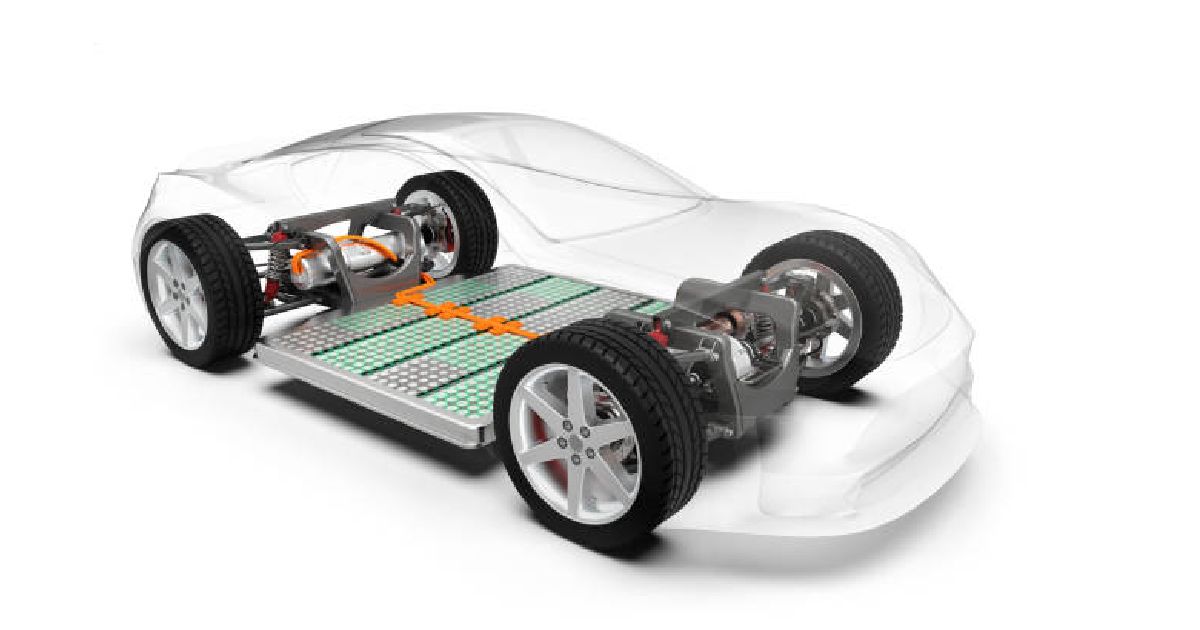It is an evident piece of fact that “Necessity is the mother of all inventions.” Where there is a will, there is definitely a way. Similarly, when the world was urged to combat severe climatic issues like air pollution, ozone layer depletion, and global warming due to the greenhouse gasses emissions occurring from fuel vehicles, the government, along with the automotive sector, stepped ahead and underperformed the initiative of launching electric vehicles for the principle motive of establishing a greener environment which could result in shaping a better tomorrow.
For this reason, the government of several global nations brainstormed multiple ideas and ultimately decided to develop a sense of feeling and assurance amongst the audience to contribute to a green and clean environment, free of hazardous carbon emissions by purchasing electronic vehicles, and in return, they will be flourished with incentives, subsidies, as well as other governmental policies.
Subsidy Amounts Offer By the Indian Government
The Indian government, on the first 10,000 EV sales, will be facilitating the buyers with handsome subsidy amounts such as Rupees 10,000 per kWh. The same case happened in 2019 when the Indian government offered subsidies of Rupees 15,000 per kWh to the buyers of electric two-wheelers under the  Fame India scheme. The acronym “Fame” stands for Faster Adoption and Manufacturing of Hybrid and Electric Vehicles.
Fame India scheme. The acronym “Fame” stands for Faster Adoption and Manufacturing of Hybrid and Electric Vehicles.
Consequently, if the demand for EVs rises, so will the demand for Electric Vehicles’ batteries. This states that both aspects go hand in hand since they are the main organ on which an entire EV functions. However, the direct installation of batteries in a vehicle is definitely not possible. Hence, the need for battery housing arises as a result.
Quick Look at Electric Vehicle (EV) Battery Housing Global Market
Indeed, the manufacturing of battery housing has been taking place at a tremendous level since the manufacturers are already bag packed to produce them on an extensive scale owing to the mounting demand for electric vehicles. However, regardless of these factors, the latest report of Markntel Advisors possesses a multitude of information related to the market, its growing potentials, roadblocks, opportunities, etc., for those who are emerging as market players or those who have already waved their flags of victory in the market. In addition, they have also mentioned the Global Electric Vehicle (EV) Battery Housing Market is projected to grow at a CAGR of around 38% during the forecast period 2023-28.
Electric Vehicle Battery Housing
Electric Vehicle (EV) Battery Housing is a specially designed box for storing the battery of an Electric Vehicle. In either word, it refers to the packaging or holding of a battery controlled by separately packaged power electronics, where each package demands its cooling solution & housings. During the earlier stage, aluminum and steel were the primary elements used for designing the battery housing. But, as the automotive innovations are at their peak, manufacturers now consider incorporating elements like thermoplastics, carbon fiber-reinforced plastics, glass fibers, and other non-metals. Moreover, safeguarding the battery cells, regulating temperature, preserving structural integrity, and guaranteeing the battery system’s security are the paramount objectives of battery housing.
Advantages and Drawbacks of Electric Vehicle Battery Housing
Here are some of the advantages and Drawbacks of Battery Housing which include:
1. Advantages of Electric Vehicle Battery Housing
-
Guaranteed Safety Feature –
Battery housing holds the potential to construct a protective and suitable environment that may enable the batteries from not getting damaged no matter what situation occurs or in case of a fatal accident of the vehicle.
- Strengthened Performance –
The battery housing’s efficient thermal management assists in monitoring ideal operating temperatures, enabling the battery cells to produce a steady amount of power. Thereby, as an outcome, the acceleration, range, and charging effectiveness of the vehicle are strengthened as a whole.
- Portable Infrastructure –
Materials for battery housing, such as aluminum or high-strength steel, are lightweight and help to lighten the car up overall. However, manufacturers now look forward to incorporating elements like thermoplastics, carbon fiber-reinforced plastics, glass fibers, and other non-metals for designing more portable battery housing infrastructures. Encompassing these elements is also essential, owing to the fact that cutting down on weight enhances energy efficiency and augments the range of electric vehicles.
2. Drawbacks of Electric Vehicle Battery Housing
- Exorbitant Rates –
Notably, designing and producing sturdy battery housing systems depicts emptying the pockets for the snowballing sake of specialized materials, heat management systems, and safety measures. However, the cost may not be a matter of concern in the time nearby because of the rising technological breakthroughs and economies of scale.
- Frequent Maintenance and Repairing Sessions –
Repairs or replacements in the case of a battery housing component failure or damage may be challenging and outrageous for electric vehicle owners. In addition to this, they might have to suffer from additional maintenance difficulties due to the potential need for specialized knowledge and tools.
Final Thoughts
Undoubtedly, battery housing acts as the backbone of Electric vehicles alongside the battery cells since they are the supreme contributors to an EV’s longevity, performance, and safety. Additionally, in accordance with rapid technological advancements related to materials science and thermal management technology, battery housings are getting more effective, lightweight, and durable as a result. However, just like each and every component, aspect, or anything else comes along with its own boons and banes, similarly, battery housing has its own set of fors and againsts. Yet regardless of this, they are actively contributing to the expansion of the Electric vehicle industry, which is remarkable and noteworthy.




